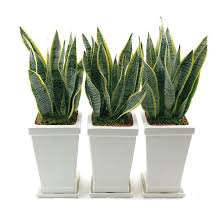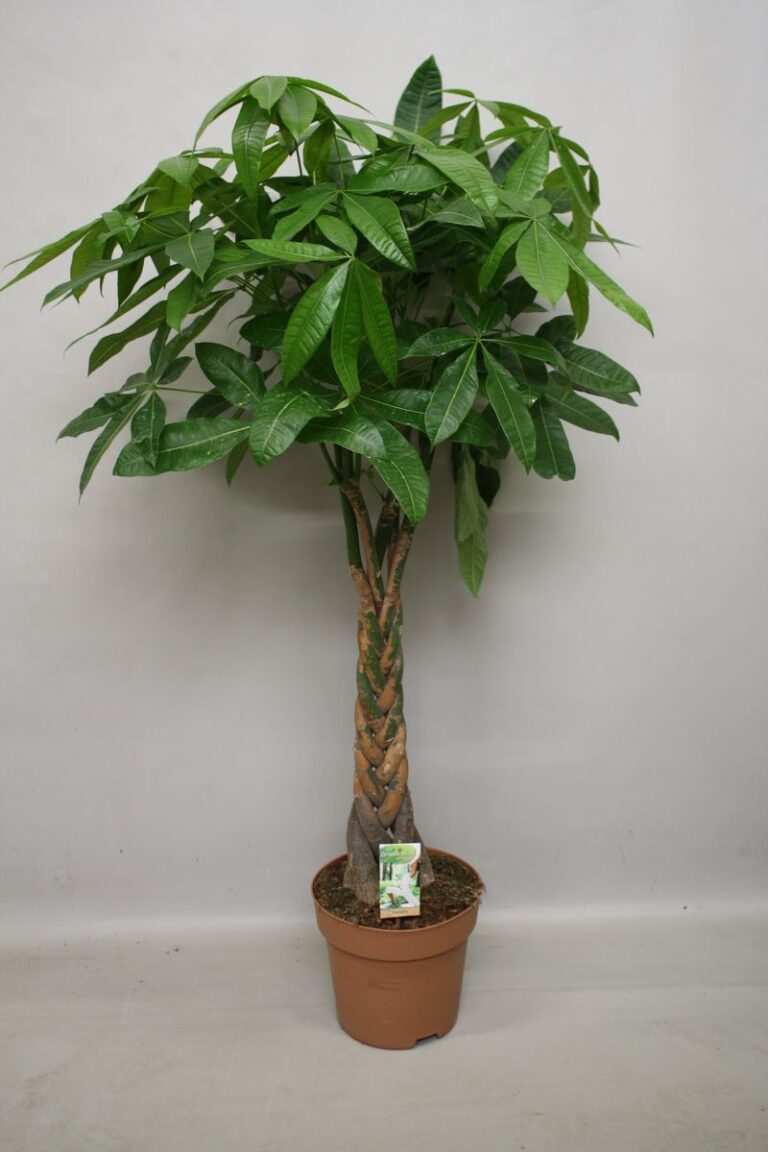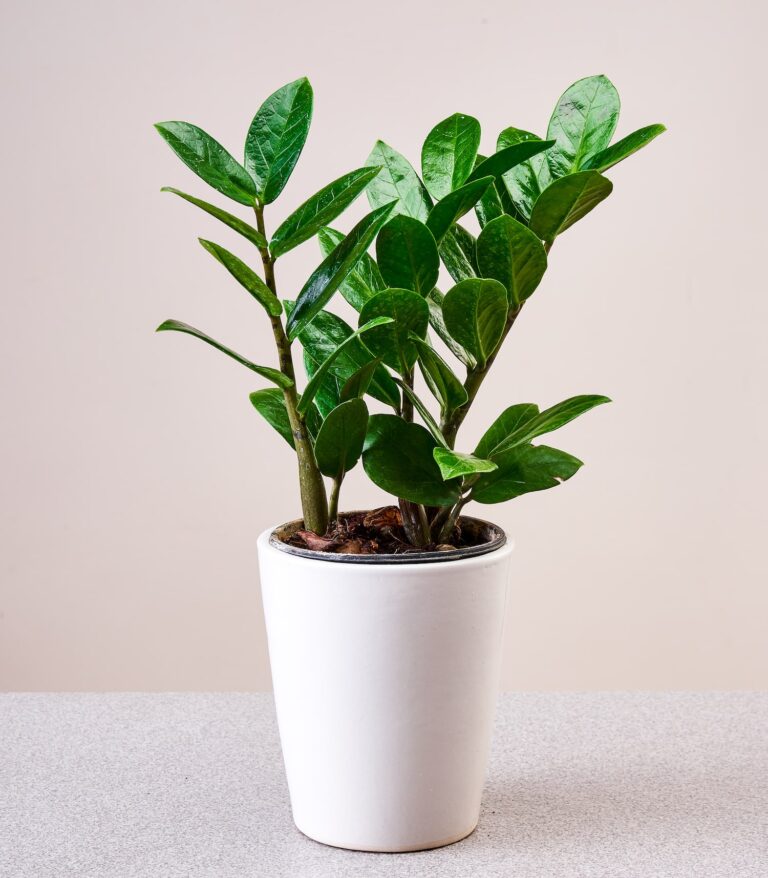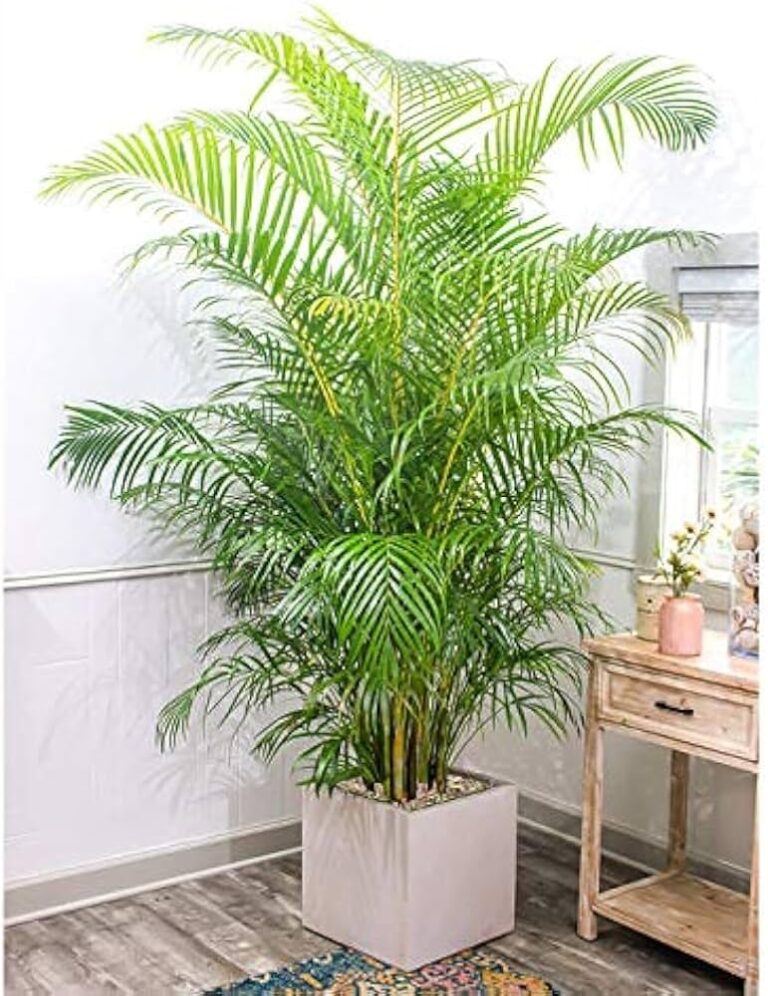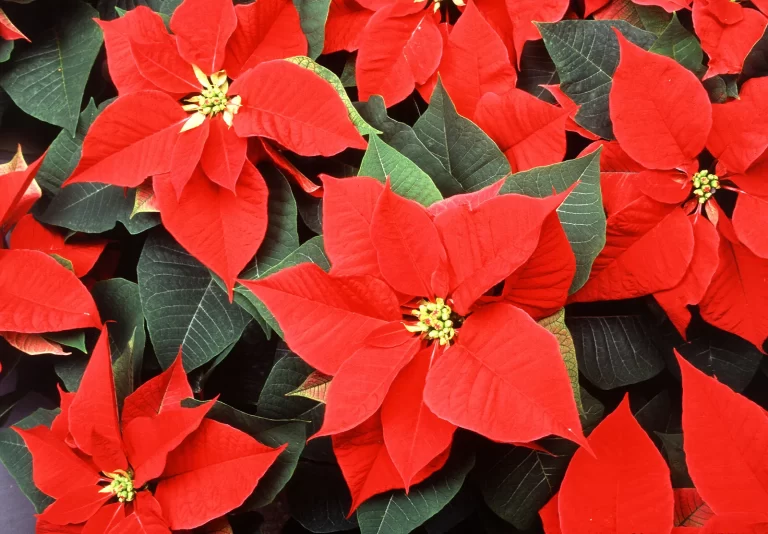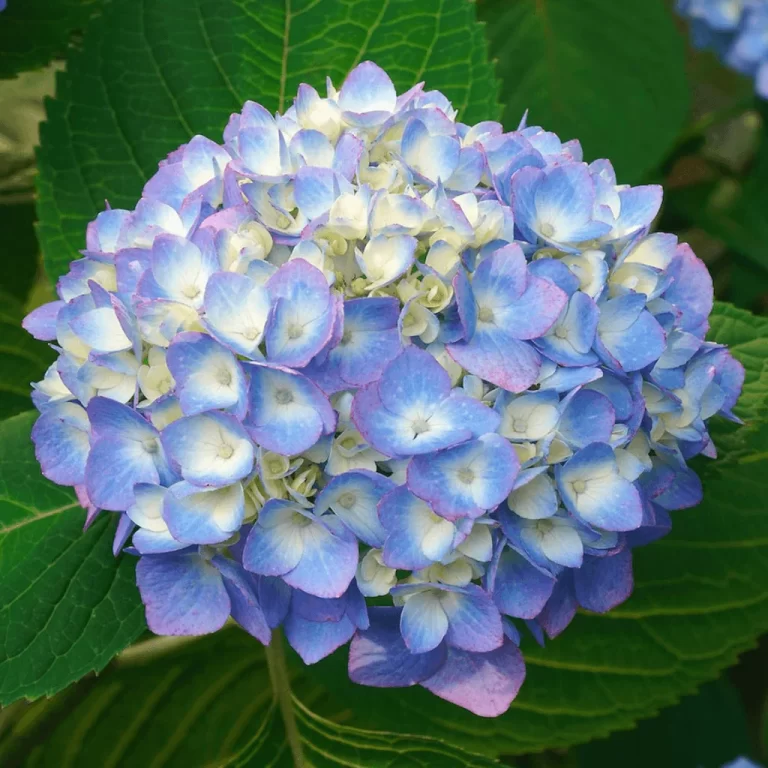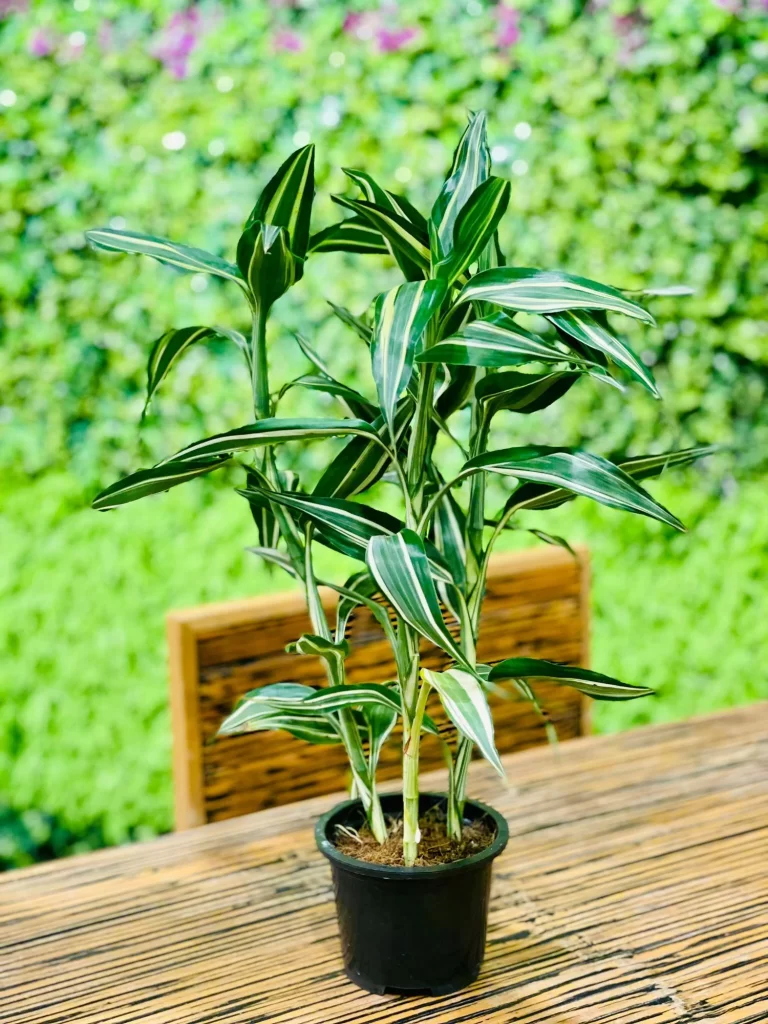Sansevieria: The Low-Maintenance Indoor Air-Purifying Plant
Sansevieria: The Low-Maintenance Indoor Air-Purifying Plant
Are you looking for an easy-to-care-for indoor plant that also purifies the air? If so, Sansevieria might be the perfect choice for you. Recognized by NASA as one of the top air-purifying plants, this hardy and resilient species requires minimal maintenance, making it ideal even for beginners. In this post, we will explore everything you need to know about Sansevieria, from its characteristics and care tips to propagation methods and interior decoration ideas.

Table of Contents
- 1. What is Sansevieria?
- 2. Popular Types of Sansevieria
- 3. How to Care for Sansevieria
- 4. Propagation Methods
- 5. Benefits of Having Sansevieria at Home
- 6. Sansevieria in Interior Decor
1. What is Sansevieria?
Sansevieria, commonly known as snake plant or mother-in-law’s tongue, is a genus of perennial plants belonging to the Asparagus family. Native to tropical regions of Africa and Asia, these plants are characterized by their long, upright leaves with striking green and yellow patterns. Sansevieria is widely recognized for its ability to thrive in low-light conditions and its exceptional air-purifying properties.
One of the most appealing aspects of Sansevieria is its adaptability. It can survive with minimal watering, making it perfect for people with busy lifestyles or those new to plant care. Due to its hardy nature, Sansevieria has been a popular choice for both homes and offices for decades.
2. Popular Types of Sansevieria
There are over 70 species of Sansevieria, each with unique leaf shapes, colors, and growth patterns. Here are some of the most popular types:
| Type | Characteristics |
|---|---|
| Sansevieria trifasciata | The most common variety, known for its sword-like green leaves with yellow edges. |
| Sansevieria cylindrica | Features cylindrical, tube-shaped leaves that grow in a fan-like arrangement. |
| Sansevieria hahnii | A compact variety with short, rosette-shaped leaves, ideal for small spaces. |
| Sansevieria masoniana | Also known as “Whale Fin,” this species has broad, paddle-like leaves. |
3. How to Care for Sansevieria
Sansevieria is known for being one of the easiest plants to care for, but following these tips will help ensure optimal growth:
- Light: Thrives in indirect light but can tolerate low light and even some direct sunlight.
- Watering: Water only when the soil is completely dry. Overwatering can cause root rot.
- Soil: Prefers well-draining, sandy soil or cactus potting mix.
- Temperature & Humidity: Grows well in temperatures between 60-80°F (16-27°C) and does not require high humidity.
- Fertilization: Apply a diluted liquid fertilizer once a month during the growing season (spring and summer).
By following these simple care guidelines, you can keep your Sansevieria healthy and thriving for years.
4. Propagation Methods
Sansevieria can be easily propagated using various methods. Whether you want to expand your collection or share with friends, here are the most effective ways to propagate your snake plant:
- Leaf Cuttings: Cut a healthy leaf into 3-4 inch sections and let them dry for 1-2 days. Then, plant them in moist soil and wait for new growth.
- Division: The easiest method—simply separate the plant at its root rhizomes and repot the sections individually.
- Water Propagation: Place a leaf cutting in water, ensuring the base is submerged. Change the water weekly until roots develop, then transfer to soil.
- Rhizome Cuttings: Cut a rhizome (underground stem) with roots and plant it directly in a new pot.
Each method has its benefits, but the division method is the fastest for seeing new growth. Water propagation, however, is a fun way to watch root development!
5. Benefits of Having Sansevieria at Home
| Benefit | Description |
|---|---|
| Air Purification | Removes toxins such as formaldehyde, benzene, and xylene from the air. |
| Oxygen Production | Unlike most plants, Sansevieria produces oxygen at night, making it ideal for bedrooms. |
| Low Maintenance | Requires minimal care, making it perfect for beginners. |
| Aesthetic Appeal | Its modern and sleek appearance enhances any indoor space. |
6. Sansevieria in Interior Decor
Sansevieria is not only functional but also stylish. Its bold, vertical lines complement various interior styles, from minimalist to bohemian.
- Modern Spaces: Place a large snake plant in a sleek, geometric planter for a contemporary look.
- Bohemian Vibes: Combine Sansevieria with macrame hangers and wooden furniture for a cozy atmosphere.
- Small Apartments: Use compact varieties like Sansevieria Hahnii to add greenery without taking up much space.
- Office Decor: A small snake plant on your desk adds a touch of nature and improves air quality.
- Bathroom Accent: As a humidity-tolerant plant, Sansevieria thrives in bathrooms, adding a fresh, spa-like feel.
No matter your decor style, Sansevieria can be a perfect addition to elevate your living space while providing numerous health benefits.
Frequently Asked Questions (FAQ)
How often should I water my Sansevieria?
Water your Sansevieria only when the soil is completely dry. In most cases, this means watering every 2-3 weeks in warmer months and even less frequently during winter.
Can Sansevieria survive in low light?
Yes! Sansevieria is one of the best low-light houseplants. It can tolerate dimly lit spaces, but it grows best in bright, indirect light.
Is Sansevieria toxic to pets?
Unfortunately, Sansevieria is toxic to cats and dogs if ingested. Keep it out of reach of pets to avoid any health issues.
Why are my Sansevieria leaves turning yellow?
Yellow leaves are often a sign of overwatering. Make sure your plant is in well-draining soil and that you allow it to dry completely between waterings.
Can I grow Sansevieria outdoors?
Yes, Sansevieria can be grown outdoors in warm climates (USDA zones 9-11). It should be placed in a shaded or partially sunny area to prevent sunburn.
How do I repot Sansevieria?
Repot Sansevieria every 2-3 years or when it outgrows its pot. Choose a container with drainage holes and use a well-draining soil mix.
Final Thoughts
Sansevieria is one of the most resilient and visually appealing houseplants. Whether you’re a seasoned plant enthusiast or a beginner, this plant is an excellent choice for adding greenery to your home. Its ability to thrive in low light, purify the air, and require minimal care makes it a must-have for every indoor space. With the right care, your Sansevieria can last for years, providing both aesthetic and health benefits. So why not bring one home today and enjoy the beauty of this incredible plant?

